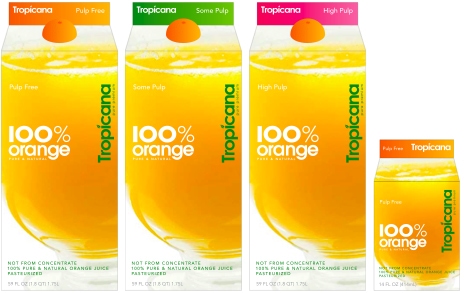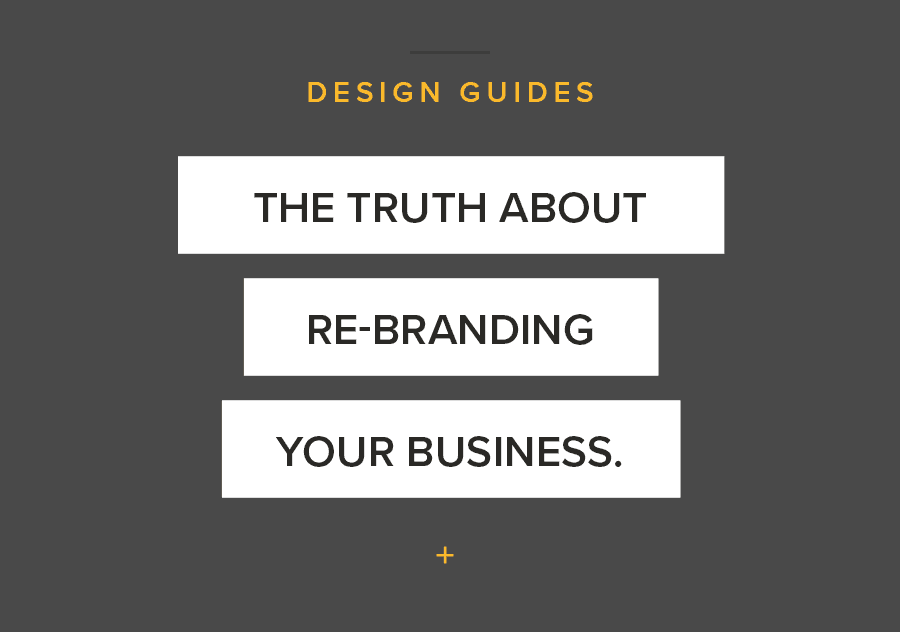Sad fact. No one cares about your business name, or your logo, or your visual identity apart from you. This may sound harsh but this is the case for big brands too.
No one actually cares about the name Apple, or the visual language of McDonalds. People get Harley Davidson logo tattooed on them, but it’s not the logo they want, it’s the connection to the ideals that the brand represents to them.
In reality, NONE of those things are actually a brand. What a brand is, is how the market (and each individual) perceives the essence of that business (person, place or thing) to be. What these things are, are IDENTIFIERS.
How does an identifier work?
If you’re driving down the road and you see The Golden Arches, you understand instantly what this place is, you know who they are and what they offer. You may like McDonald’s or you may not. But you know what it is.
But what about rebranding?
Could McDonald’s change from red and yellow to something totally different and not impact their business? Yes, but they would need to spend a lot of time and energy in educating their market. And in fact McDonald’s use green for their European market.
Why rebrand?
When a big brand is considering a change, they only do so when they have a fantastic reason.
A good reason isn’t that
Rebranding is hard, people mostly don’t like nor want change, they know what their favourite breakfast cereal looks like when they go shopping and don’t need to spend the energy to relearn this. Occasionally rebrands turn into nightmares – The Tropicana juice rebrand is the most famous disaster I know where the sales dropped so much they hard to roll back to the old brand.

It’s not all doom and gloom. A huge amount of rebrands are immensely successful, invigorating and elevating businesses. But this is when they
I know what you are thinking.
Yes, yes, yes, they are big
That may be true but the thought process and impacts are the same, just on a smaller scale. If this was not true, we would not try to emulate what big brands do in the first place. And yes, less people know your brand, but you rely on less business.
You may rebrand quietly and not notice any drip in business so it’s business as usual, but is this why you wanted to rebrand? Consider the ways that you measure your current brand awareness.
Ask yourself these questions:
1) Why do we need to rebrand? Are we doing this for ourselves only or do our customers and prospects not like our brand?
2) Does anyone in the world know of our business/brand, and may be a potential future customer (or influence a future sale) but not be so close to or business that they will get the memo when we rebrand?
3) What message are we sending to our audience in this rebrand? Is there a reason for this change that makes sense and builds a larger story?
If you are not confident in your answers, perhaps it’s not time to rebrand. If you are confident, then perhaps it’s time to start the rebranding process.
And when you launch the new brand, for the right reason, make sure you make it into a campaign, drip feed it, promote it, turn it into a celebration of something bigger. Not just change your stuff and hope for the best.


